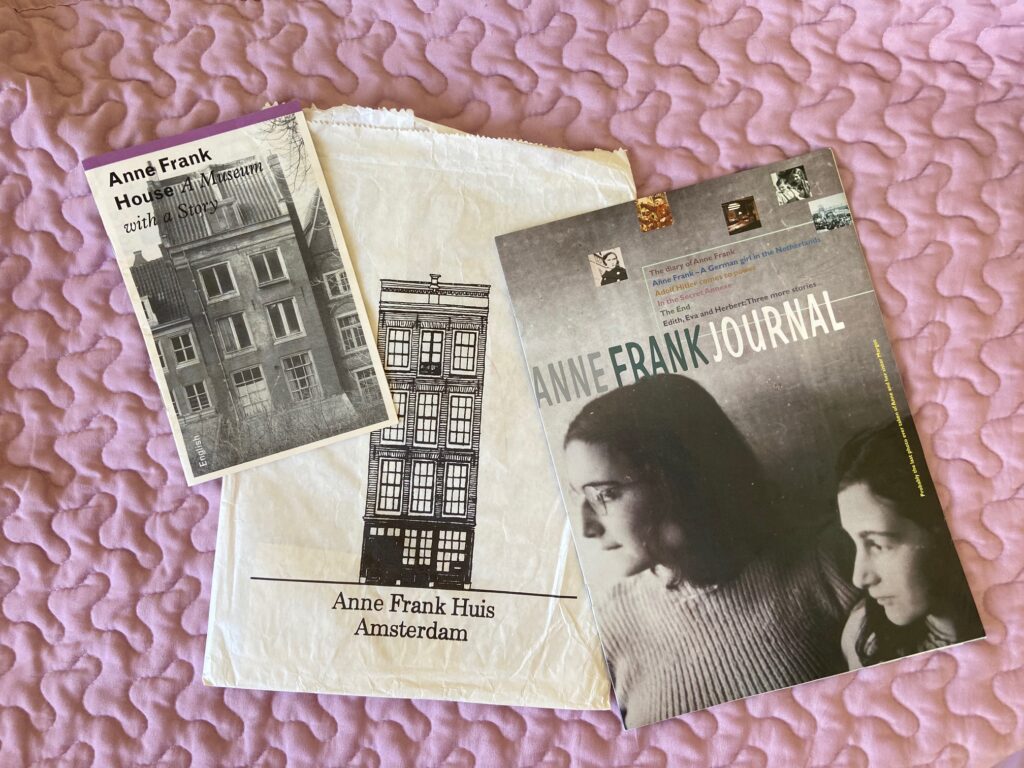
A funny thing happened on the way to the Anne Frank House Museum. My sister was preparing for her European cruise that was scheduled to launch from Amsterdam and was determined to see the legendary museum while she was there. With only three days in that majestic city, she studied the most likely chance for success in obtaining tickets for her and her husband. But, like some sort of strange lottery, you could only book within six weeks of arrival and needed to execute the timing perfectly to score a ticket when those time slots opened. Despite months of researching and checking in, she never did get a ticket. Strange how we try so hard to get in and she wanted so badly to get out.
I didn’t help with her disappointment, since I have relayed that museum’s impact on me for decades now. I’ve had the good fortune of visiting twice; once on my backpacking trip when I was 19 and another visit when I was in Amsterdam for the World Volunteer Conference (which I recently wrote about). The ambience of the ‘business’ of the museum had changed in that twenty-year interim between my visits, to be sure, but you could still just show up and go inside. The entryway was more streamlined for larger volumes of museum guests and many more artifacts were behind plexiglass – vital for preserving the powerful impact of the building.
You still enter onto the display that carries her actual diary, displayed under glass and protective lighting. You can still see Shelley Winters’ Oscar that she won for best supporting actress in the 1960 movie ‘The Diary of Anne Frank’ (she said if she won she would donate her Oscar to the museum, and that she did). You still turn down the hallway toward the hidden staircase and climb up in behind the large shelf that hid the door for those years. You still behold the rooms that we are so familiar with through the writing. It is awe-inspiring to be present there and it always will be.
If, that is, you are able to get in. Everyone who can go should, of course. The lessons emanating from that space are more important than ever. But when I think of streams of cruise-ship passengers shuffling by in long lines, I will be ever grateful that both days I was there were quiet. I was actually alone in her bedroom, looking at the picture of the ‘young princesses’ (Queen Elizabeth and Princess Margaret) that she had cut from a magazine and glued to the wall. I stared at her height marks etched into another part of the wall, the lines climbing higher as she grew up in that space.
Do lines of people get the same soul-touching feeling I got those visits? I hope so, because there’s really no other place like it. We can’t replicate it and place a second museum somewhere else. We can’t capture it in film and create the same impactful lessons. There is only one Anne Frank House and we must somehow protect it, so everyone can step foot inside at one point in their lives.
(Photo – my saved museum programs from 1980 and 2000)
